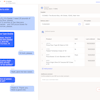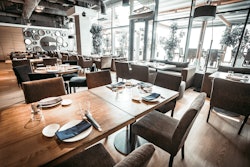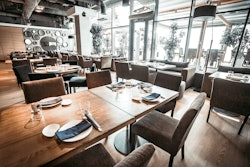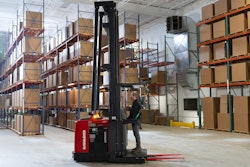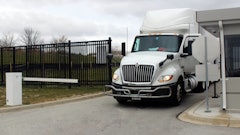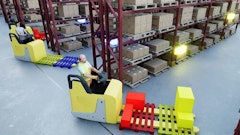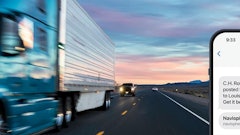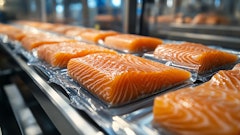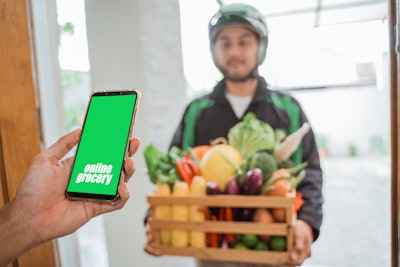
When the Coronavirus disease (COVID-19) hit the United States in mid-March, restaurants were forced to partner with food delivery apps to stay in business. Letting go of the bottom line was a necessary evil to have a top line at all. Now, facing hardship for months to come as COVID-19 numbers climb and U.S. cities tighten in-person dining restrictions, restaurants—small and large, quick-service and table-service, casual dining and fine dining—are working to take back control over their businesses before they get eaten for lunch.
Here’s how.
What happened
It is March 2020. The Grand Princess cruise ship floats into the San Francisco Bay under the Golden Gate Bridge and docks in Oakland. Meanwhile, tables and counters are bustling at lunch hour. Dinner reservations are filling up as families chalk out their spring break plans. A shelter-in-place order is announced in many parts of the country as cases surge. Drones fly over the city to record videos of isolated streets conspicuous by the absence of the people who define them. Restaurants are shut for in-person ordering or dining. The eating does not stop—it cannot. It shifts.
You are a food chain with high street locations, employees and vehicles. Pause.
You are a popular casual dining restaurant chain turning tables like an art form. Pause.
You are a fine dining restaurant serving experiences and a digital detox. Pause.
What you do
This is an existential threat.
You go back to that food delivery app’s website or call that rep. The one you passed on because it ate up all your margins, lured customers away to your competition, and changed the rules after it was too late to turn back. You hit the submit button and sign up as a restaurant partner.
Two months later, the shelter-in-place order gets partially lifted. You can open for curbside pickup. Another two months later, you can open for outdoor dining. You do as much as you can to earn back as much of your direct business as possible, but it’s not nearly enough to pull out of the food delivery apps—or to counter their growing mindshare with your customers. So, you bite the bullet and keep working with them.
Fast forward to today. You are still afloat, though your margins have become the take rate for the app you listed on. The delivery driver makes more bank than you do on each order. The high street rents you are locked into are now dedicated to the staging area created to package food out of the kitchen, while the furniture remains stacked in the corner. COVID-19 cases keep rising. Tech stocks keep flying. Another shelter-in-place order might be coming. This is the New Normal.
What now?
“Software is eating the world,” says the restaurant owner as she fills another styrofoam to-go box. I say, every business in the world is now a technology business. Including yours. Embrace the tech before it eats you for lunch.
Food and beverage establishments are realigning their workforce to serve orders at doors or curbside, instead of tables. They need the right technologies to do so.
Restaurants are deploying delivery management systems to assign orders to drivers, track their progress, automate payouts and get reports and analytics.
Regional chains with higher order volumes are using systems with automatic dispatch to a pool of delivery resources to pick up from any store and deliver at the door.
National chains with high store density, end-consumer apps, backward-integrated supply chains and owned delivery assets are making deeper investments into teams and technologies for last mile logistics. These enterprises need delivery management solutions that integrate with their office management service, customer relationship management, fleet automation and financial systems. Off-the-shelf software is too brittle.
Many of the same technologies that power food delivery apps—for on-demand dispatch, precise ETAs, slick tracking experiences, automated payouts, data-driven insights and closed-loop learning—are becoming available to restaurants and their technology teams to compete on a level playing field.
These technologies use driver, customer and store location to allocate resources wisely. They precisely measure ETAs to fulfill orders and measure error rates between plan and actual, while creating feedback loops for assignments to get smarter and reduce error rates. They reduce customer support costs and improve customer experience with live order tracking right to the door, paying out drivers fairly and automatically.
2020 has accelerated the inevitable convergence of restaurants as technology businesses. Restaurants that go the extra mile will not only stay in the race, but also cross the finish line first.


